by Linde de Vroey
On the first of May, I had the chance to join the Findhorn community when they came together at the Ceremonial Burial Ground in Wilkies Wood to celebrate May Day. I was immediately struck by the brightness of all the colors: the beautiful yellow, white and pink flowers in the crowns, the dark green and gold embroidery of the ceremonial costume, the bright green color of the grass, and the May pole with shiny ribbons in every color of the rainbow. Though the weather wasn’t as bright as the flowers, the people who joined surely were, and there was a happy atmosphere in the air. After all, we were here to celebrate spring!
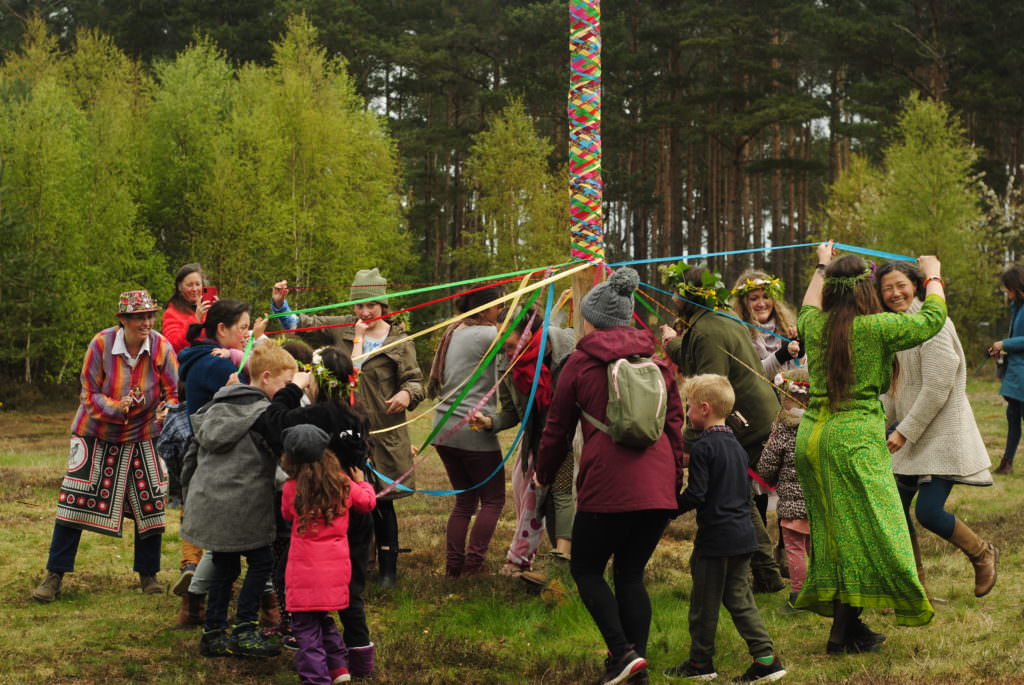
We started the day by weaving crowns of willow, ivy, flowers and ribbons – a truly enjoyable and creative activity, and of course everyone needed to look their best for the actual celebration. When all the children (and lots of adults) had their crowns ready, we gathered together in a circle for the ceremony. Draeyk guided us all in a beautiful moment of reflection, to thank the land and wish for peace. And then it was time for the highlight of the day: the dance around the MayPole! I had never seen a May day dance before, and I was mesmerized by all those beautiful ribbons almost magically weaving a pattern together, just as a result of the dancing. As I stood there, singing and clapping and watching, I found it truly beautiful to see this age-old dance re-enacted; not as some old relic of the past, but as a very living moment – and as a lot of fun too! It reminded me of something I read by the Potawatomi writer Robin Wall Kimmerer, about the importance of sustaining ceremony as a community:
“Ceremony focuses attention so that attention becomes intention. If you stand together and profess a thing before your community, it holds you accountable. Ceremonies transcend the boundaries of the individual and resonate beyond the human realm. These acts of reverence are powerfully pragmatic. These are ceremonies that magnify life.”
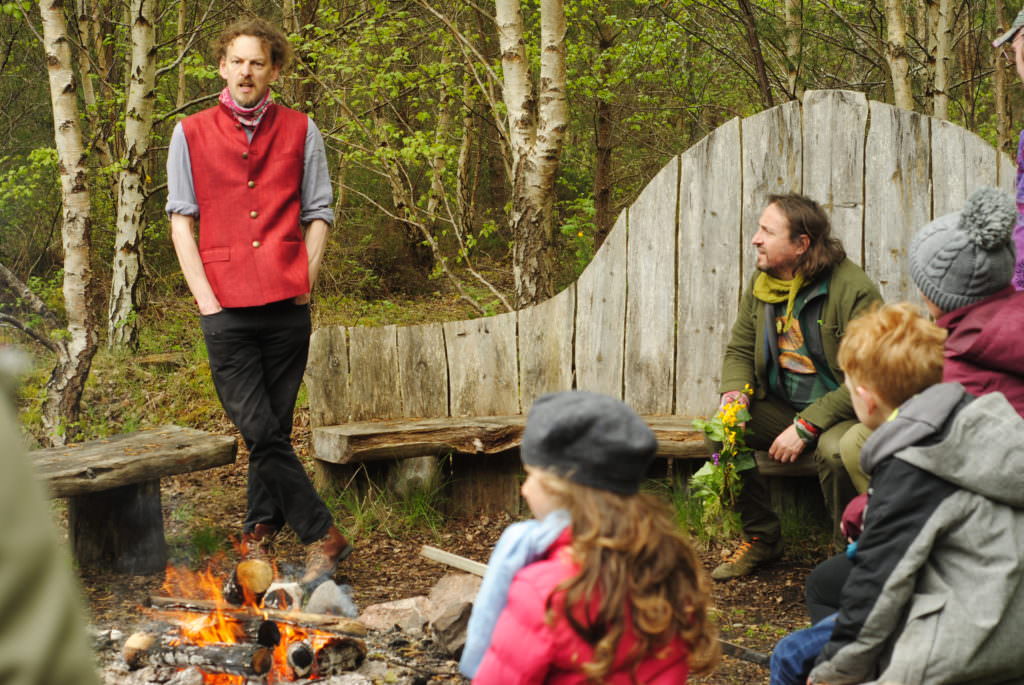
On May Day in Findhorn, I could see these acts in action. By honoring tradition, we honor the history of a place, the people and beings who came before us and who cared for this land, so that we could now make a living here. By giving thanks to the land, we sustain our relationship to the land. By dancing together, we weave a community with the people and the place and all beings that live here. But the truly wonderful thing is that by celebrating together, caring together, dancing together, we don’t even have to think about it. We live it.
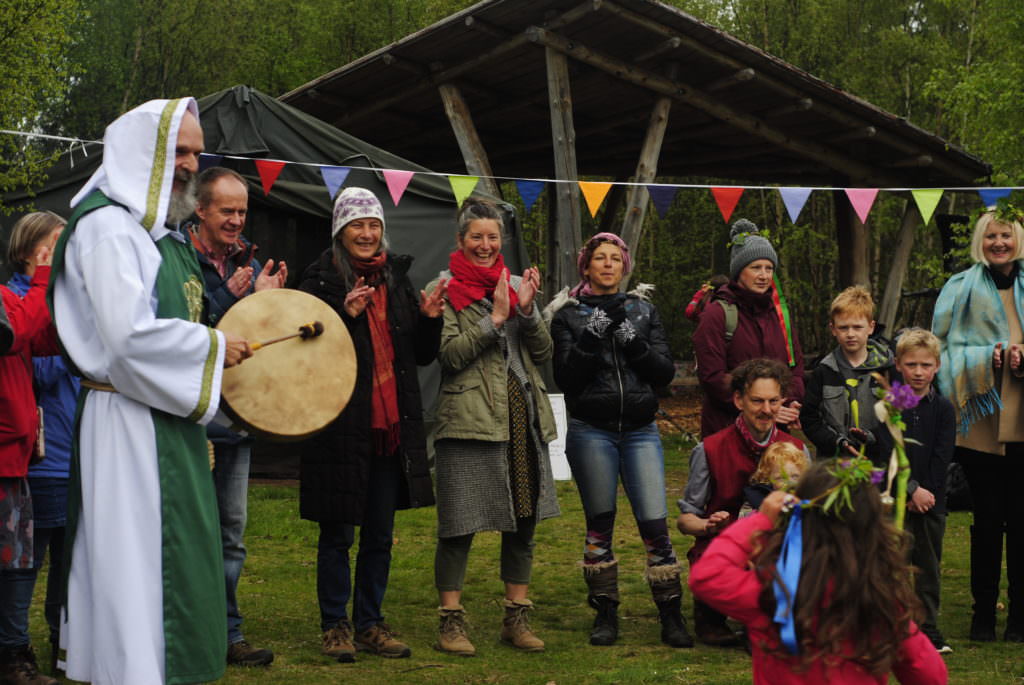
About the Author:
I am a philosopher and a PhD researcher at the University of Antwerp, Belgium. My research focuses on the intersection between ecological restoration, rewilding and cultural heritage. I am very interested in place-based and community-guided approaches to restoration; and in the role that cultural tradition, stories, language, ceremony and history can play in restoring the relationship between people and the natural landscape. I first came to the Park Ecovillage, Findhorn last April in light of my research project. There I encountered a unique place where the community has carried out pioneering and inspiring work, not only restoring the land, but also restoring and sustaining an intimate relationship between the community and the land.
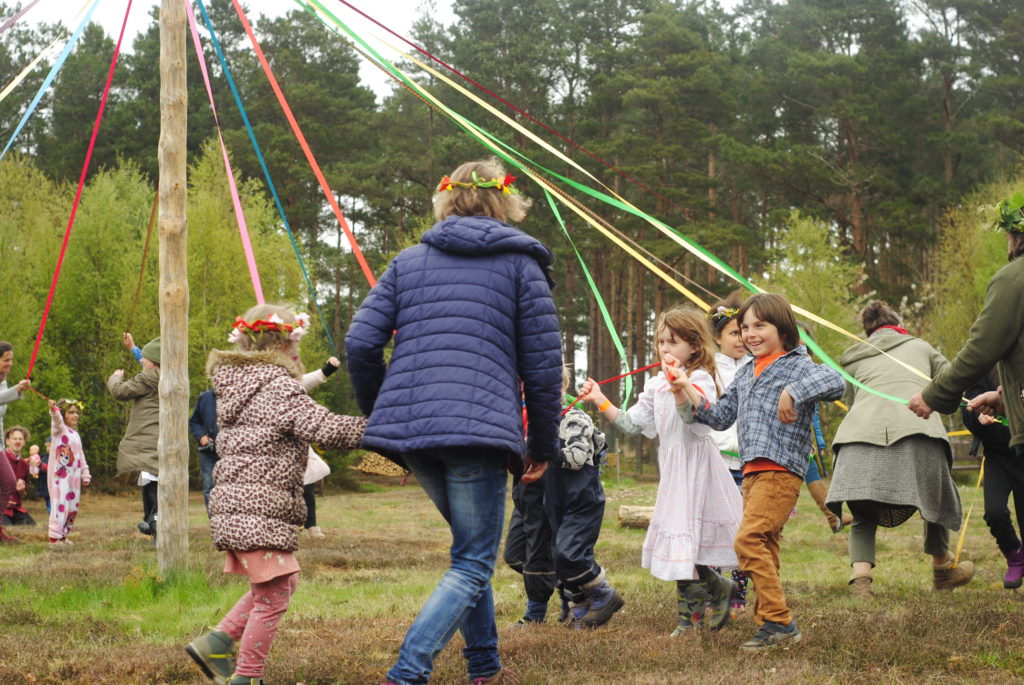


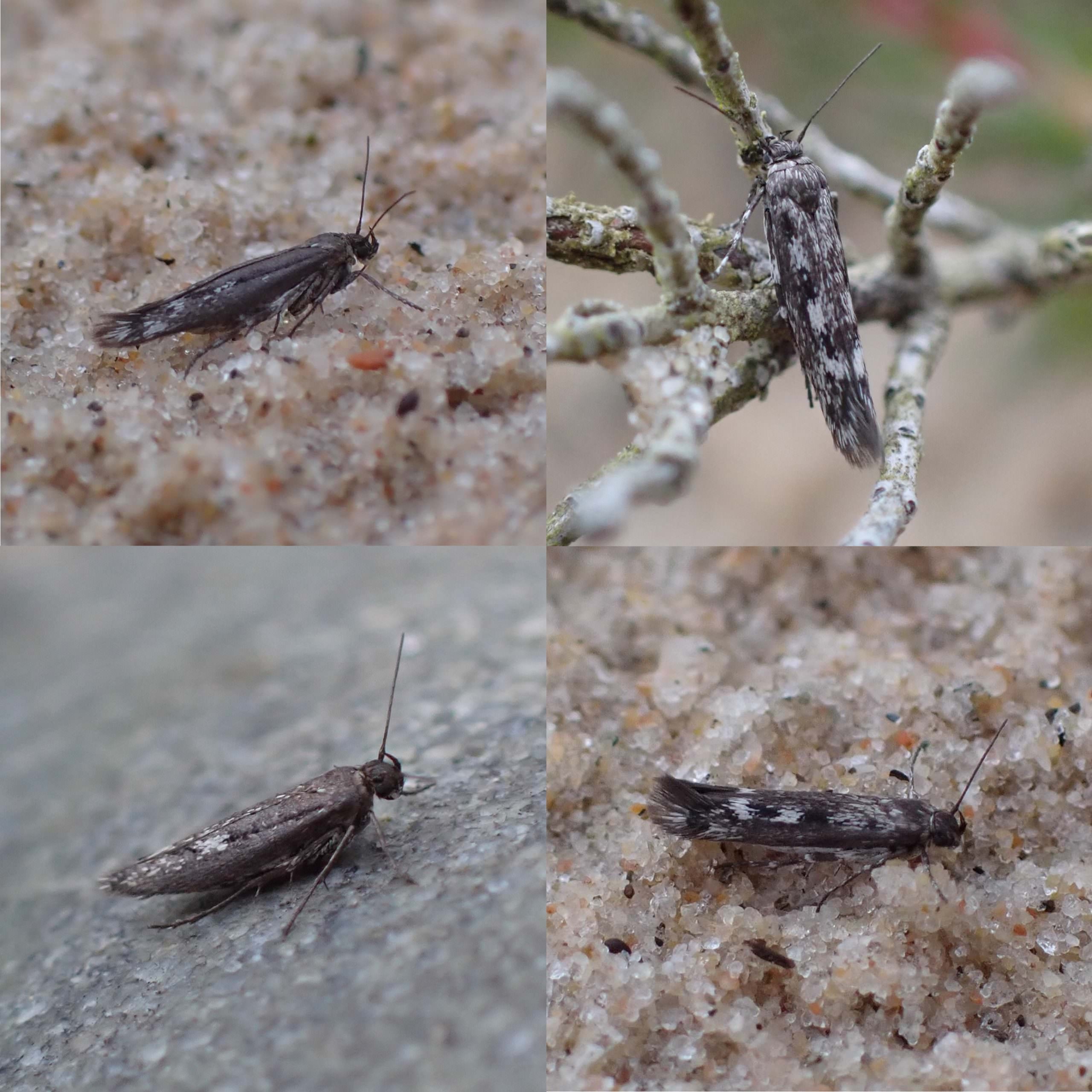
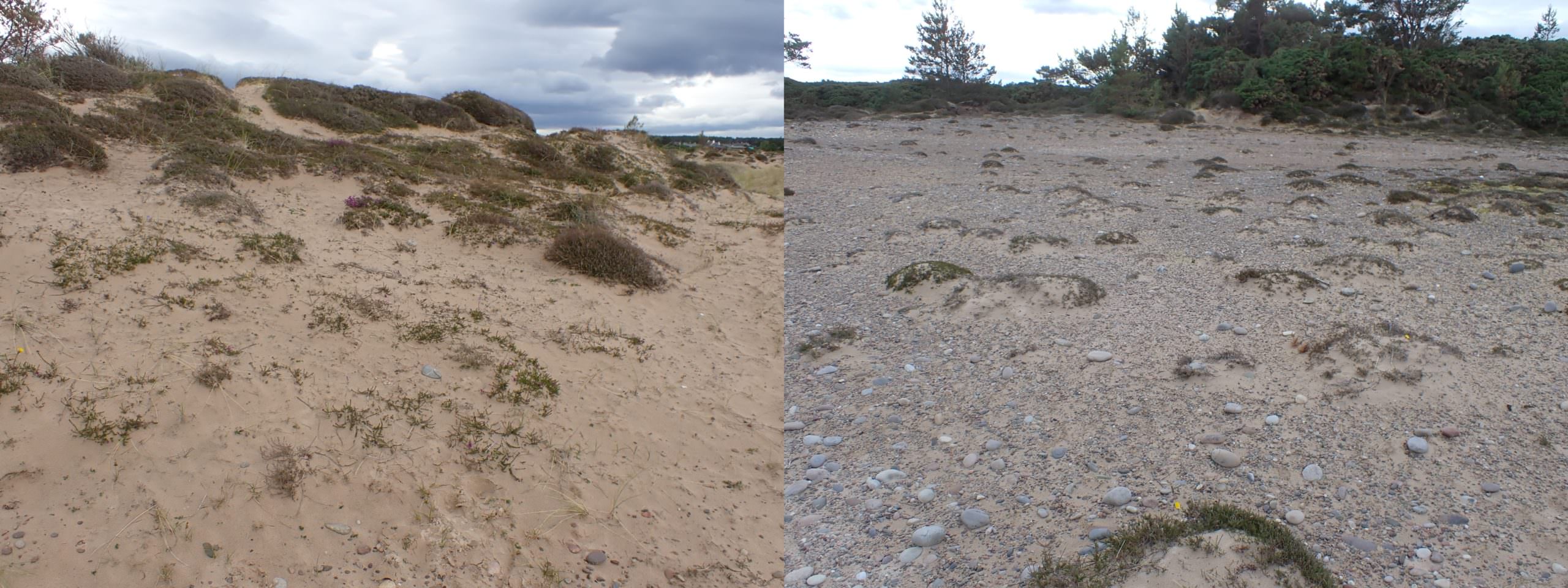
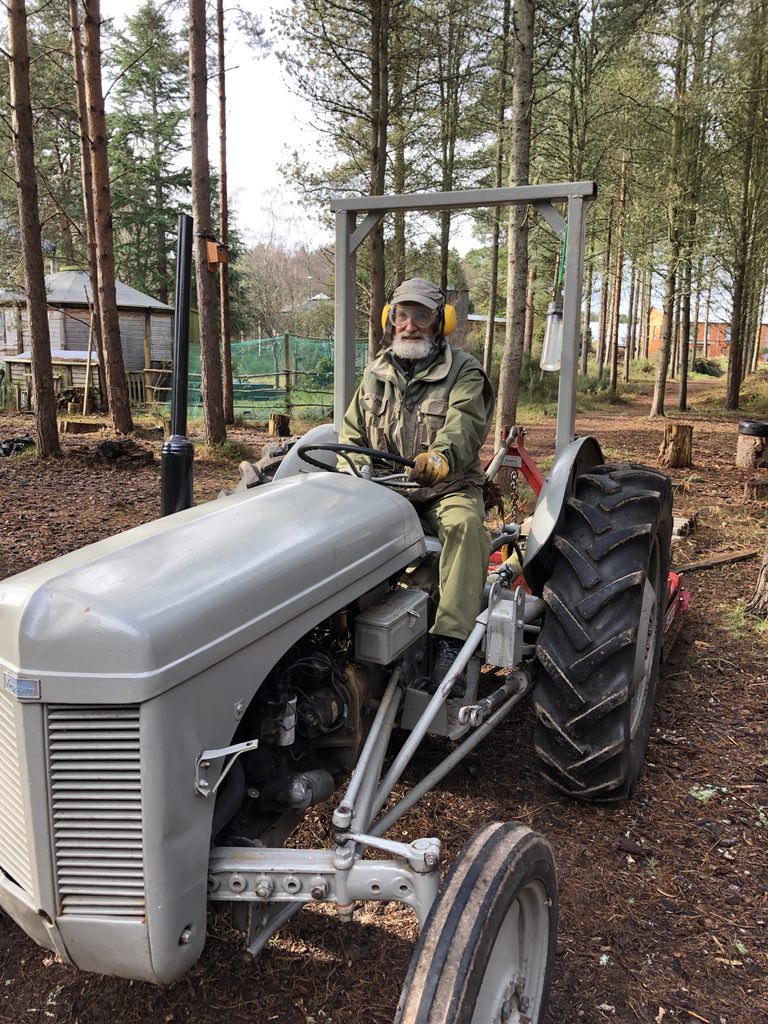
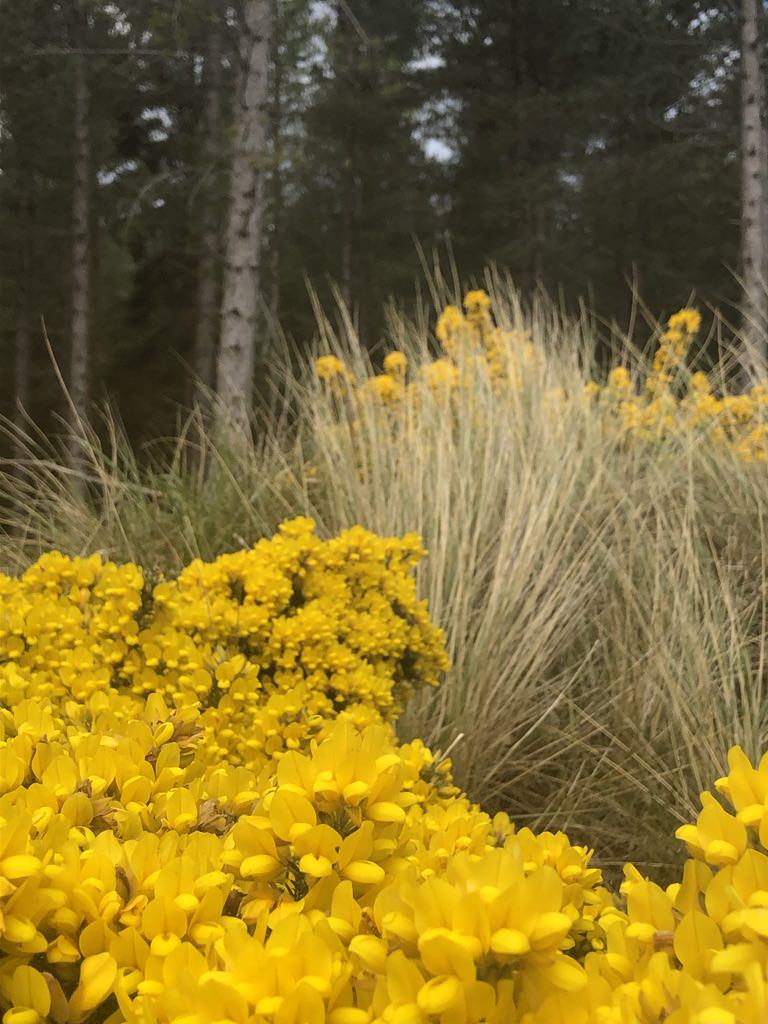
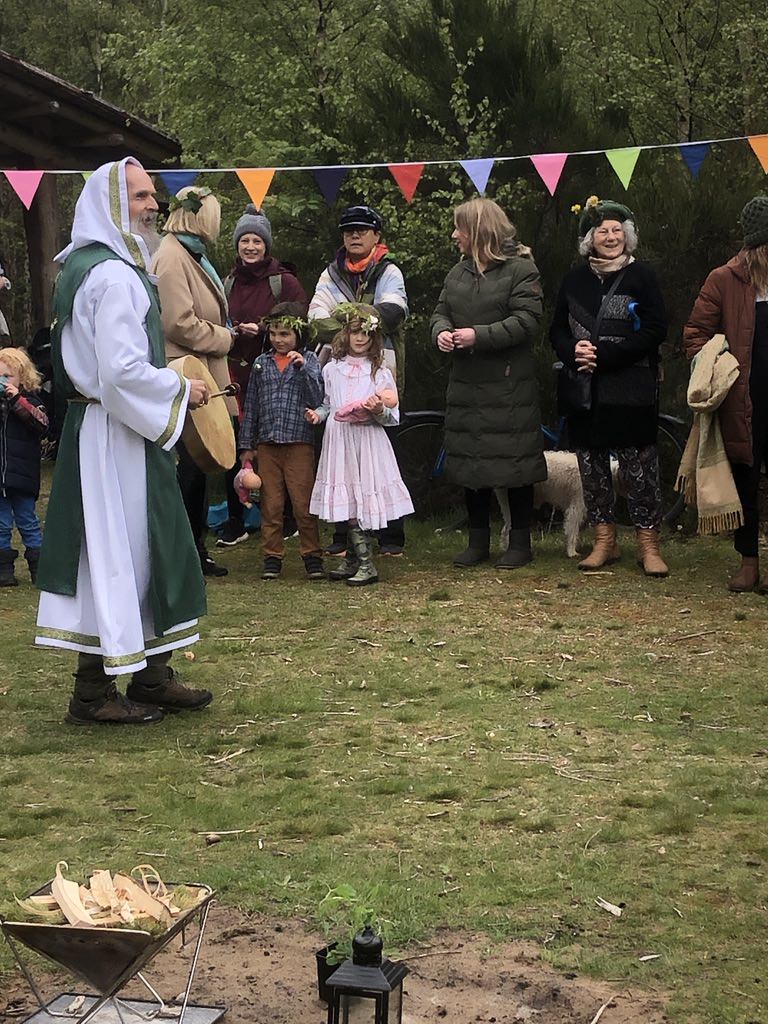
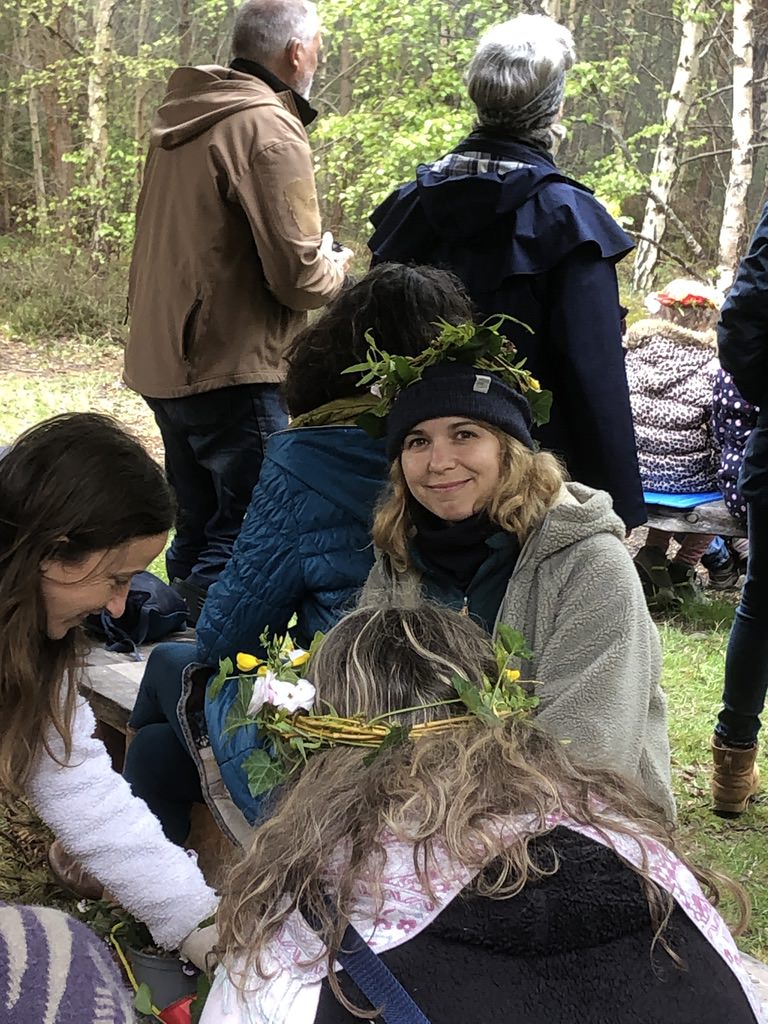
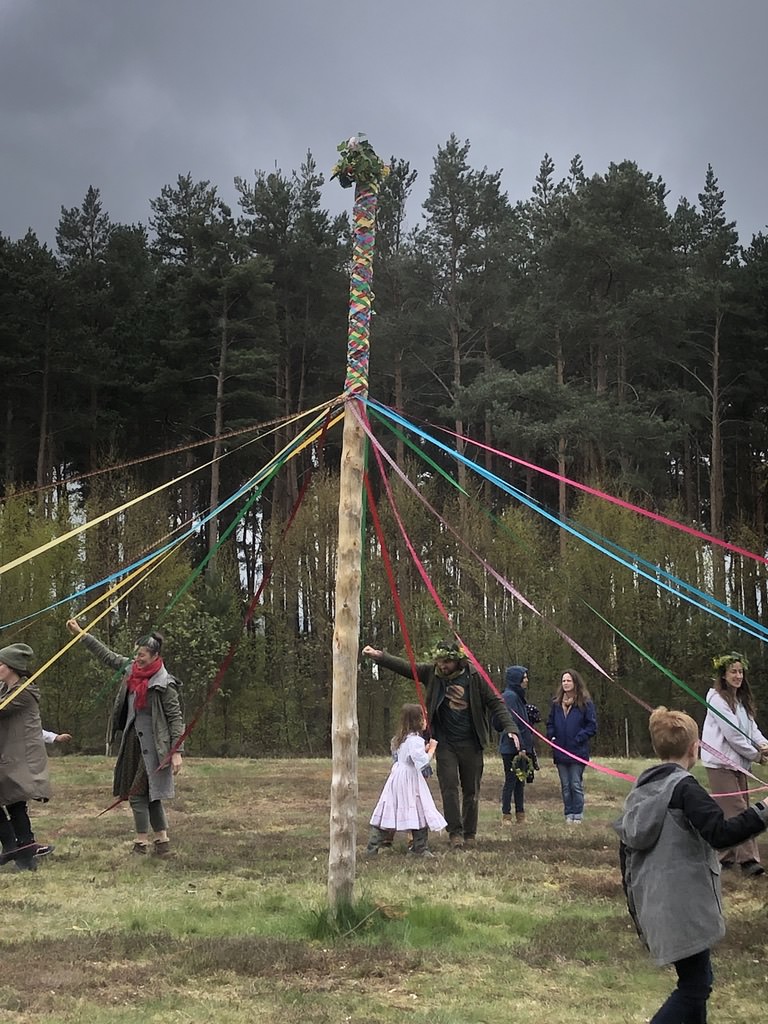
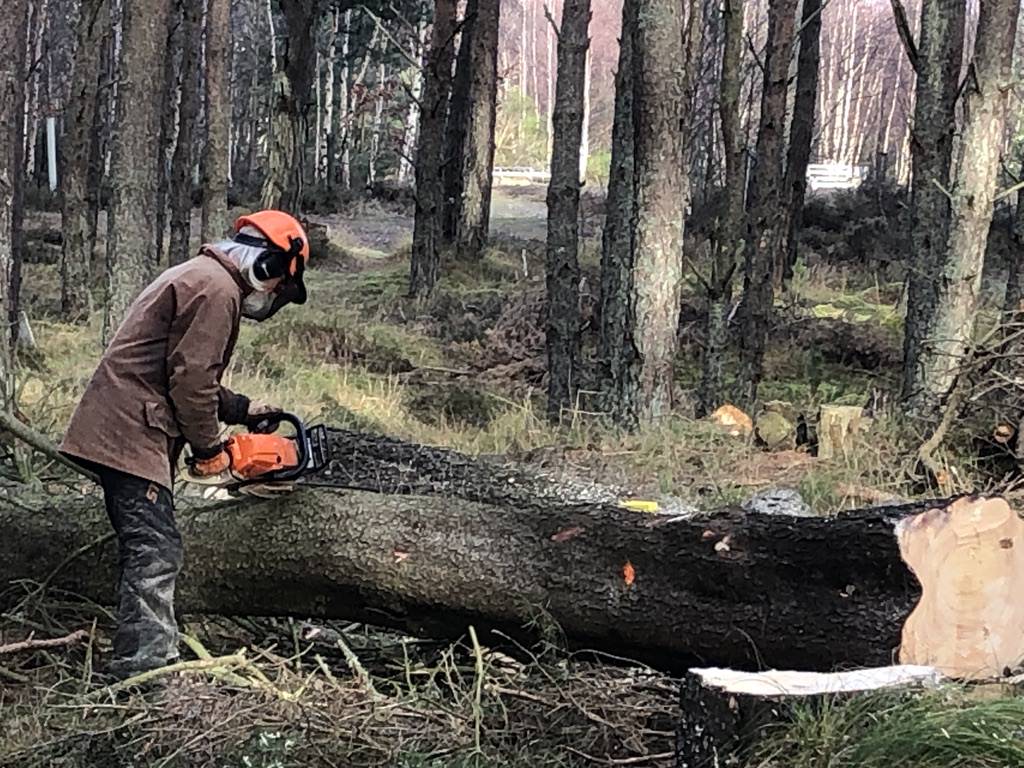
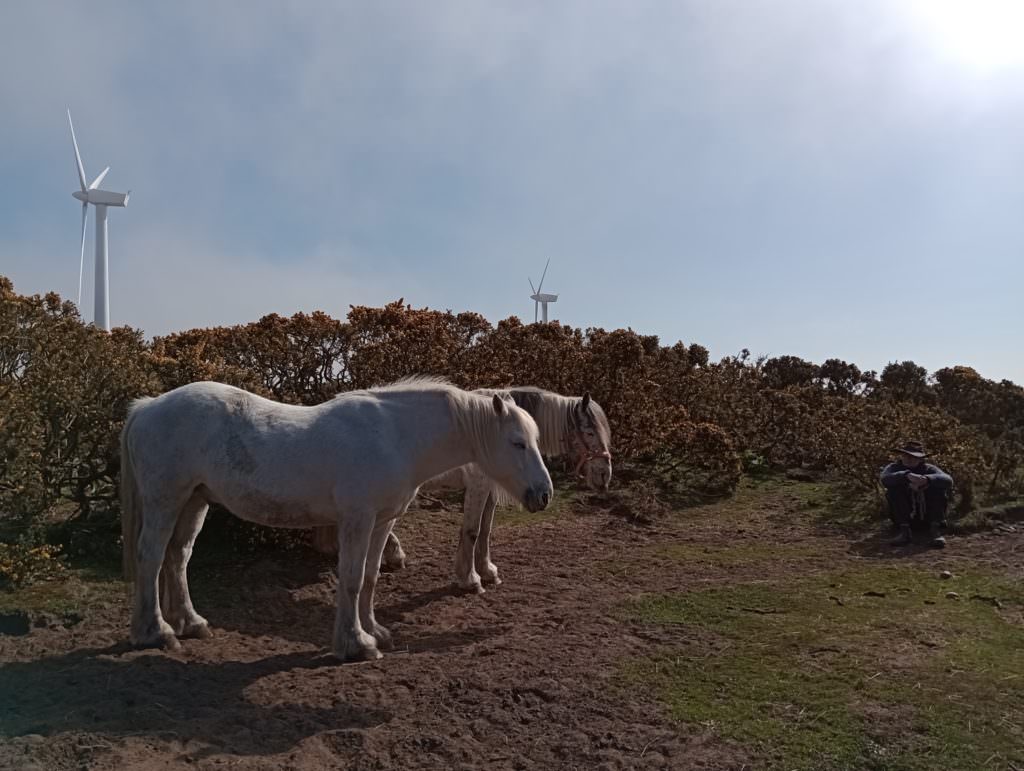
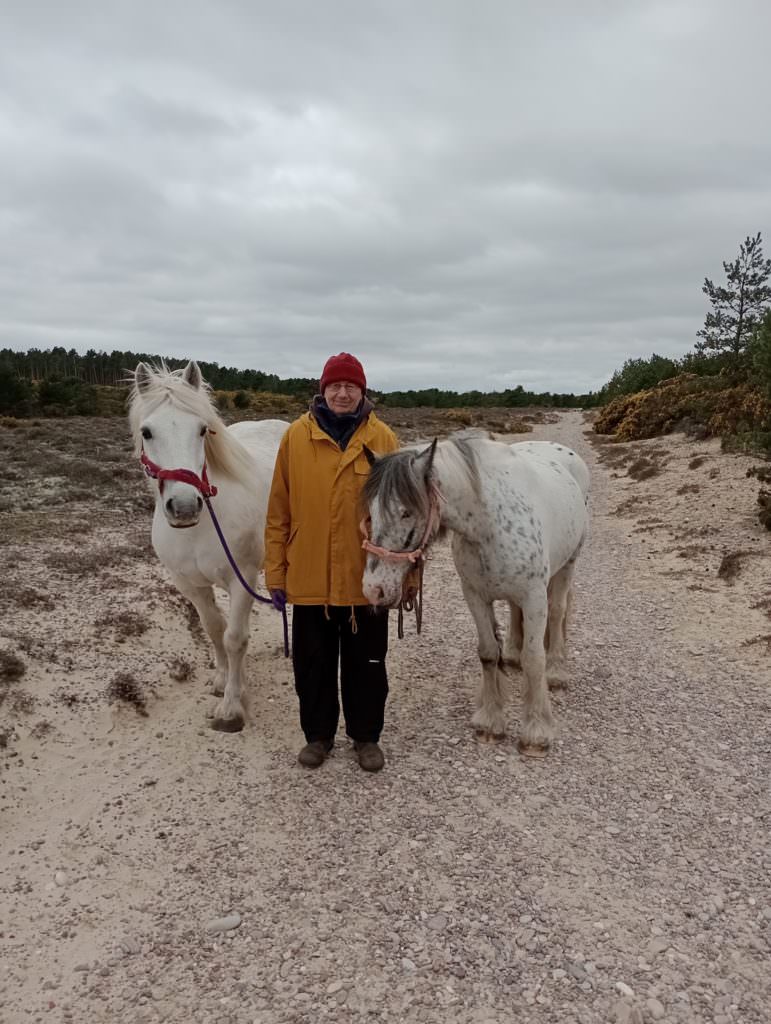
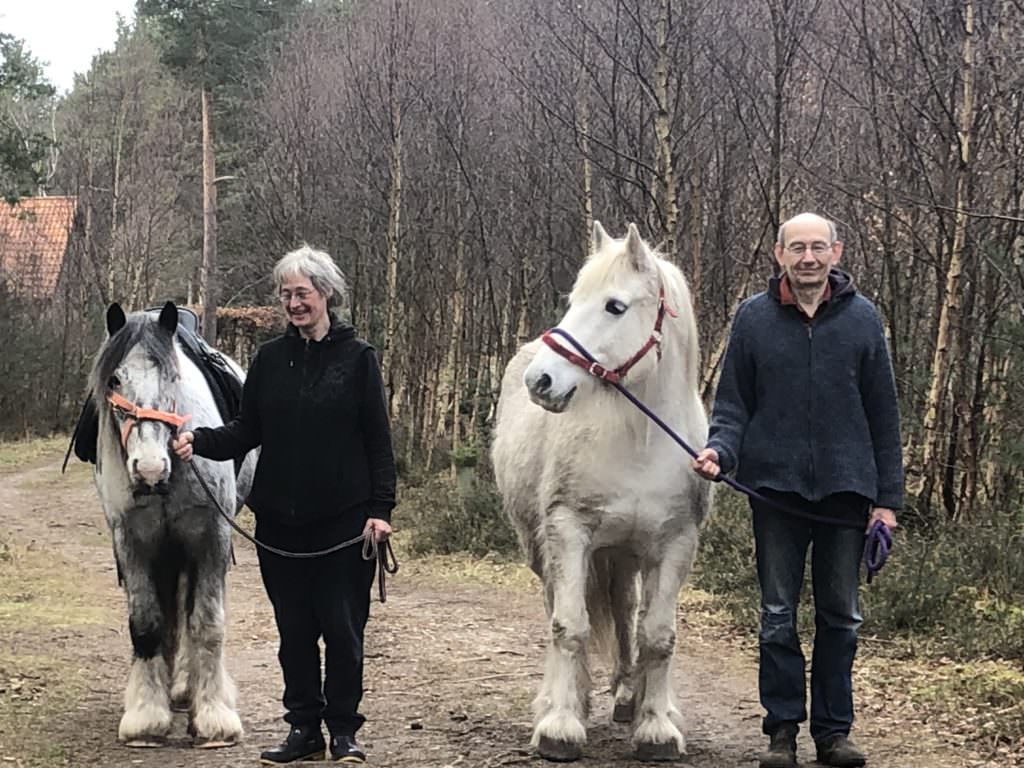
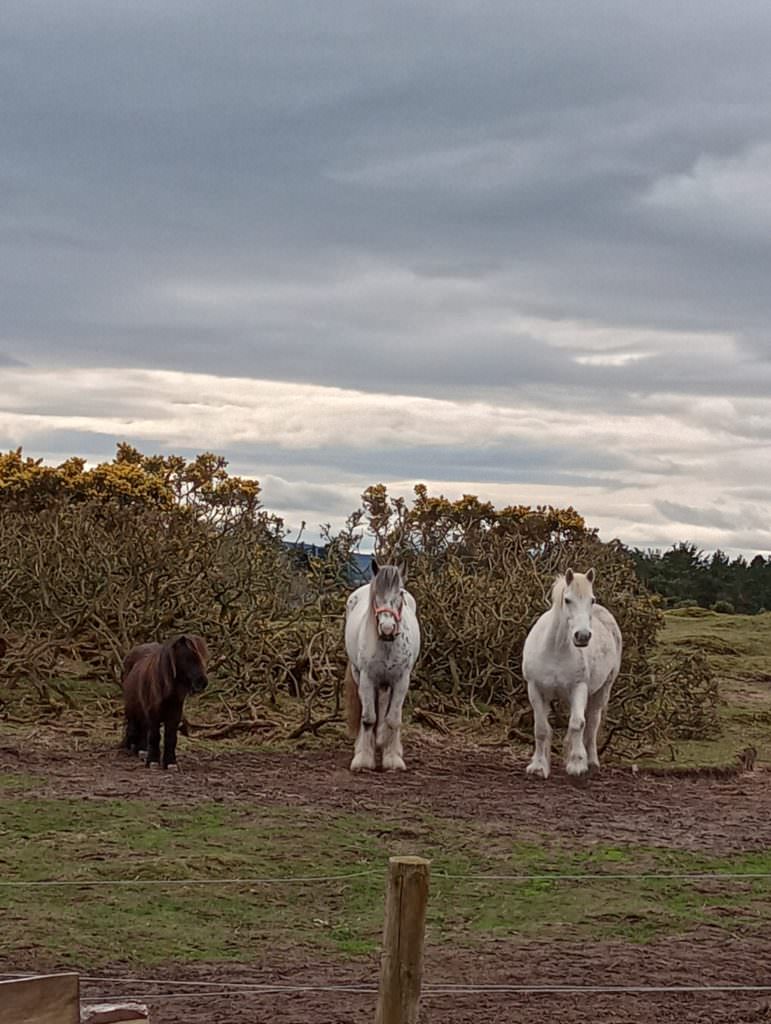
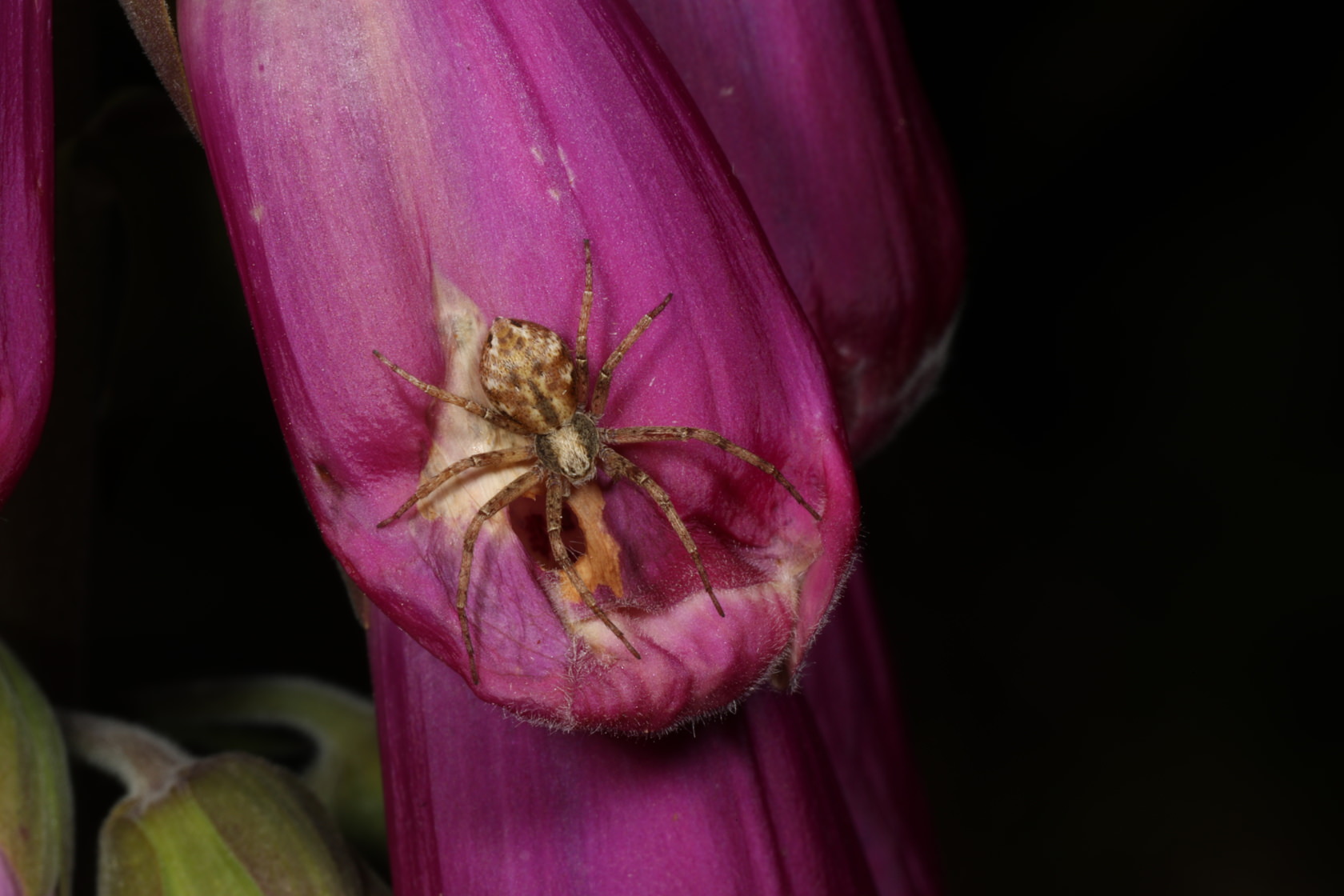
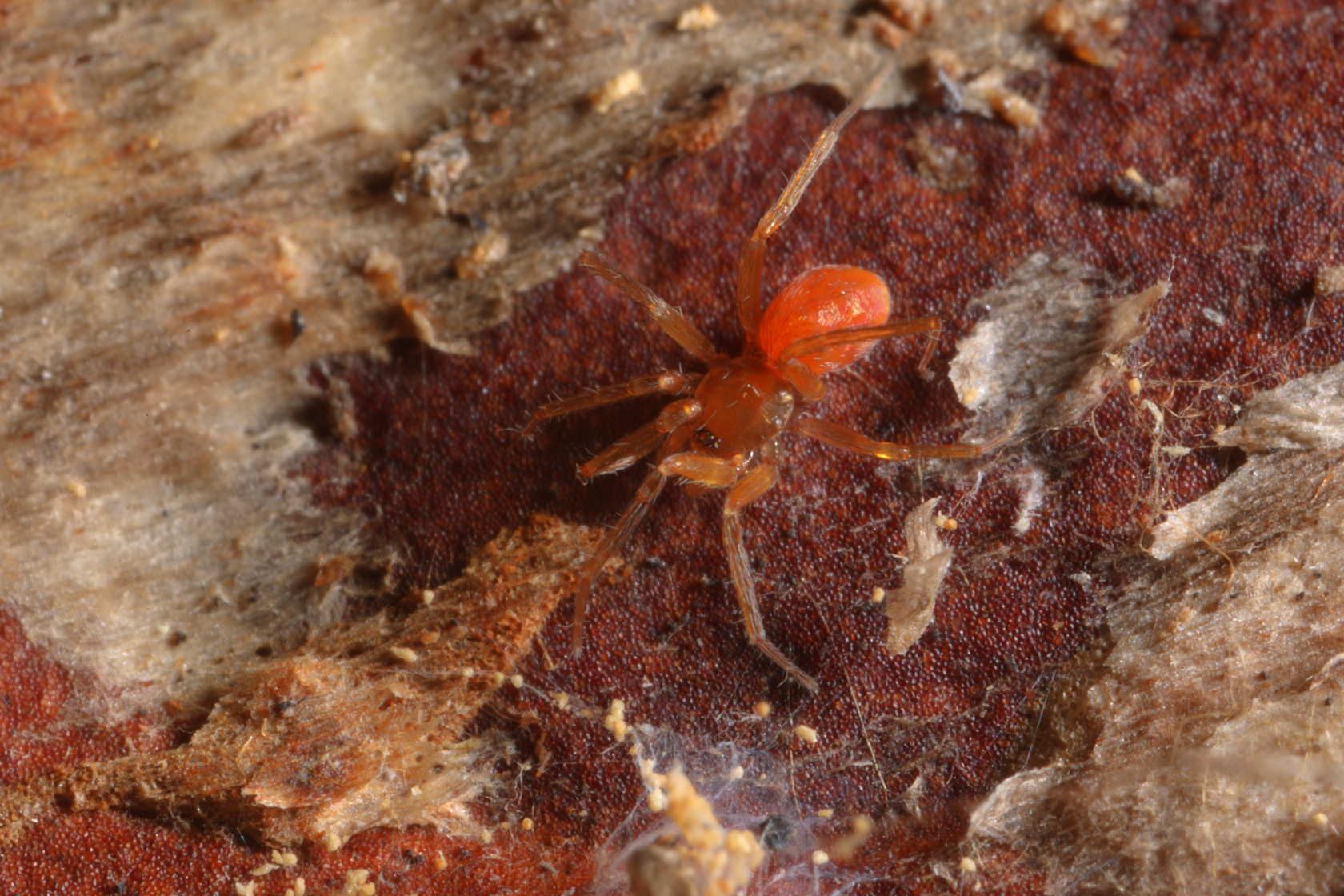
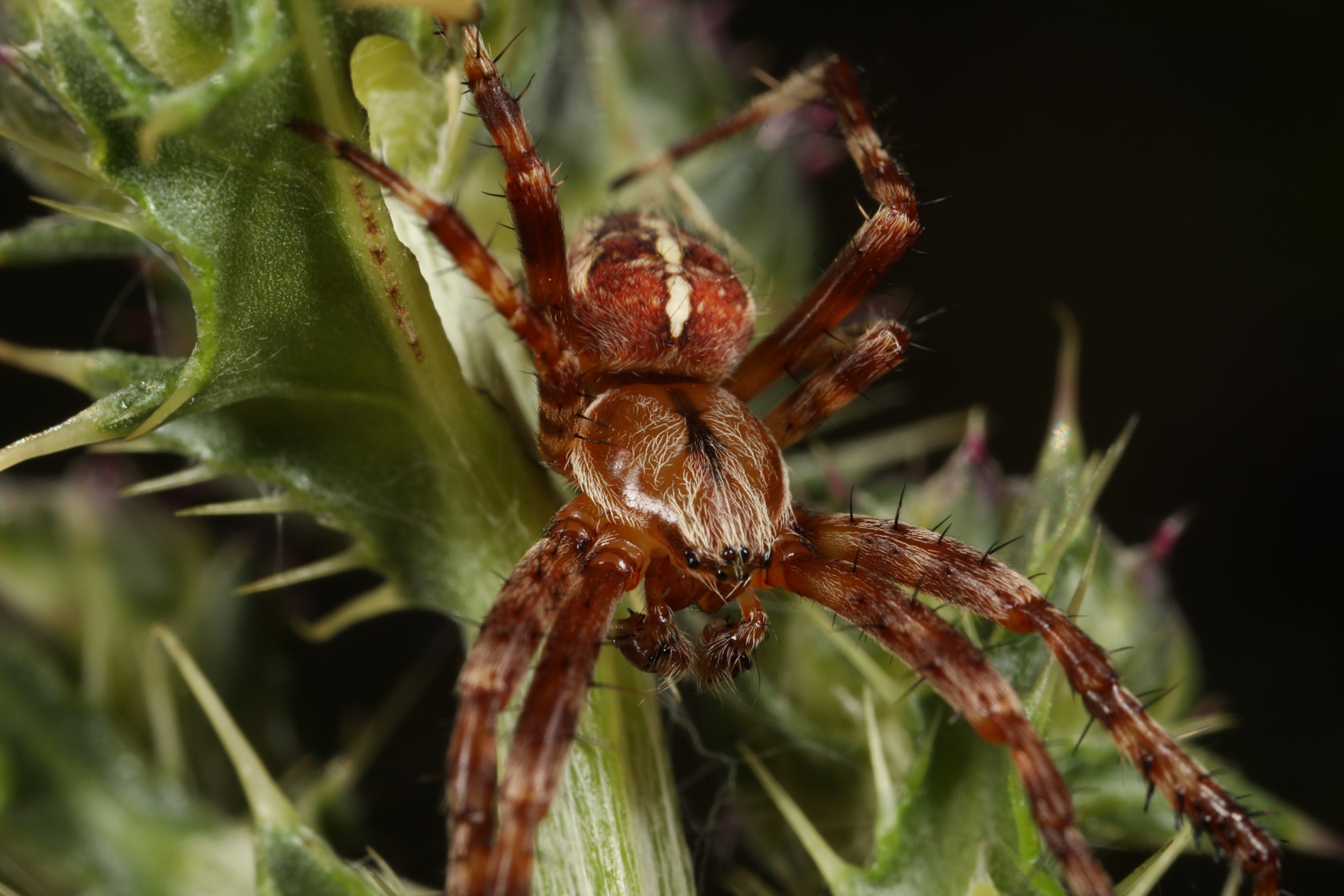
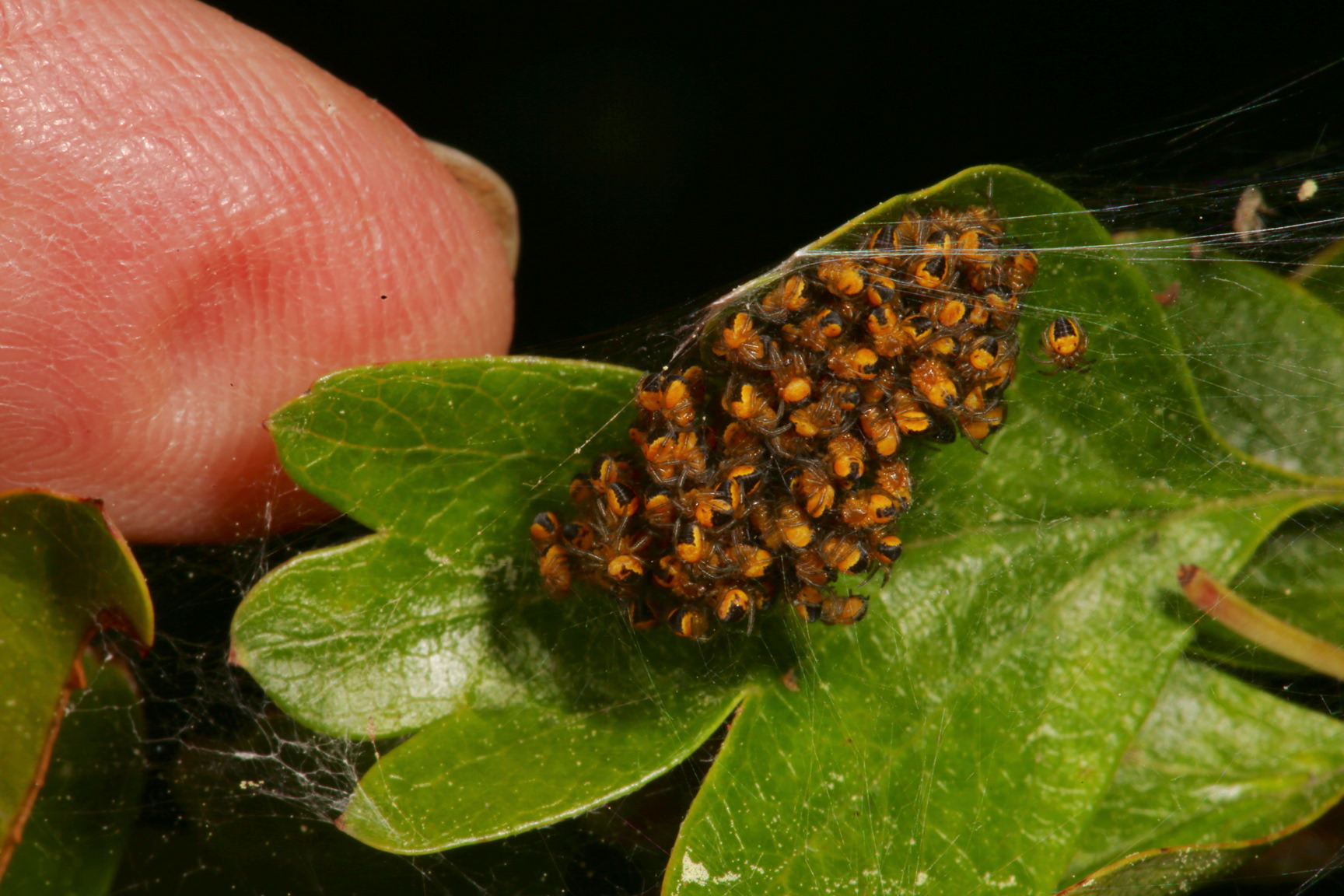
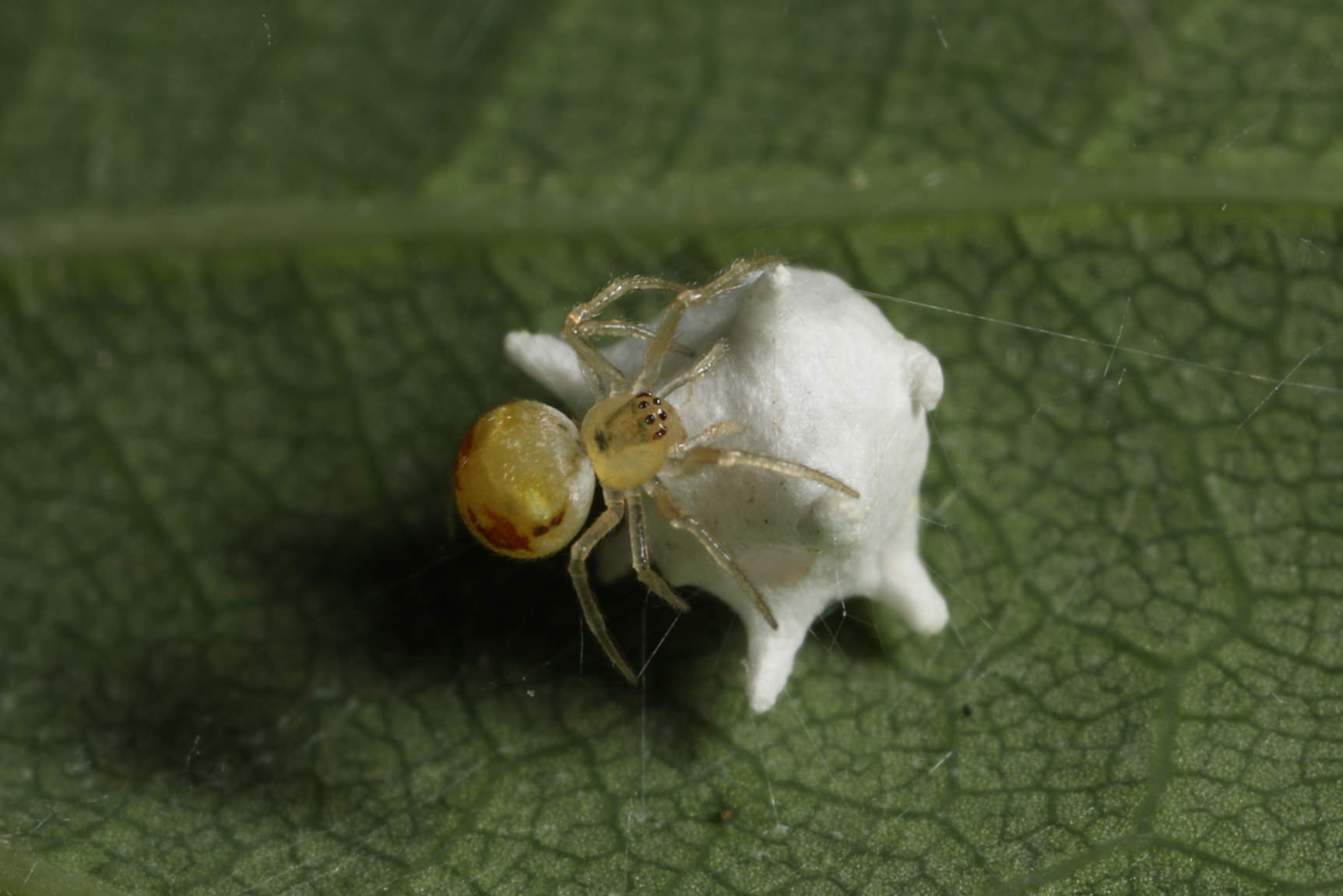
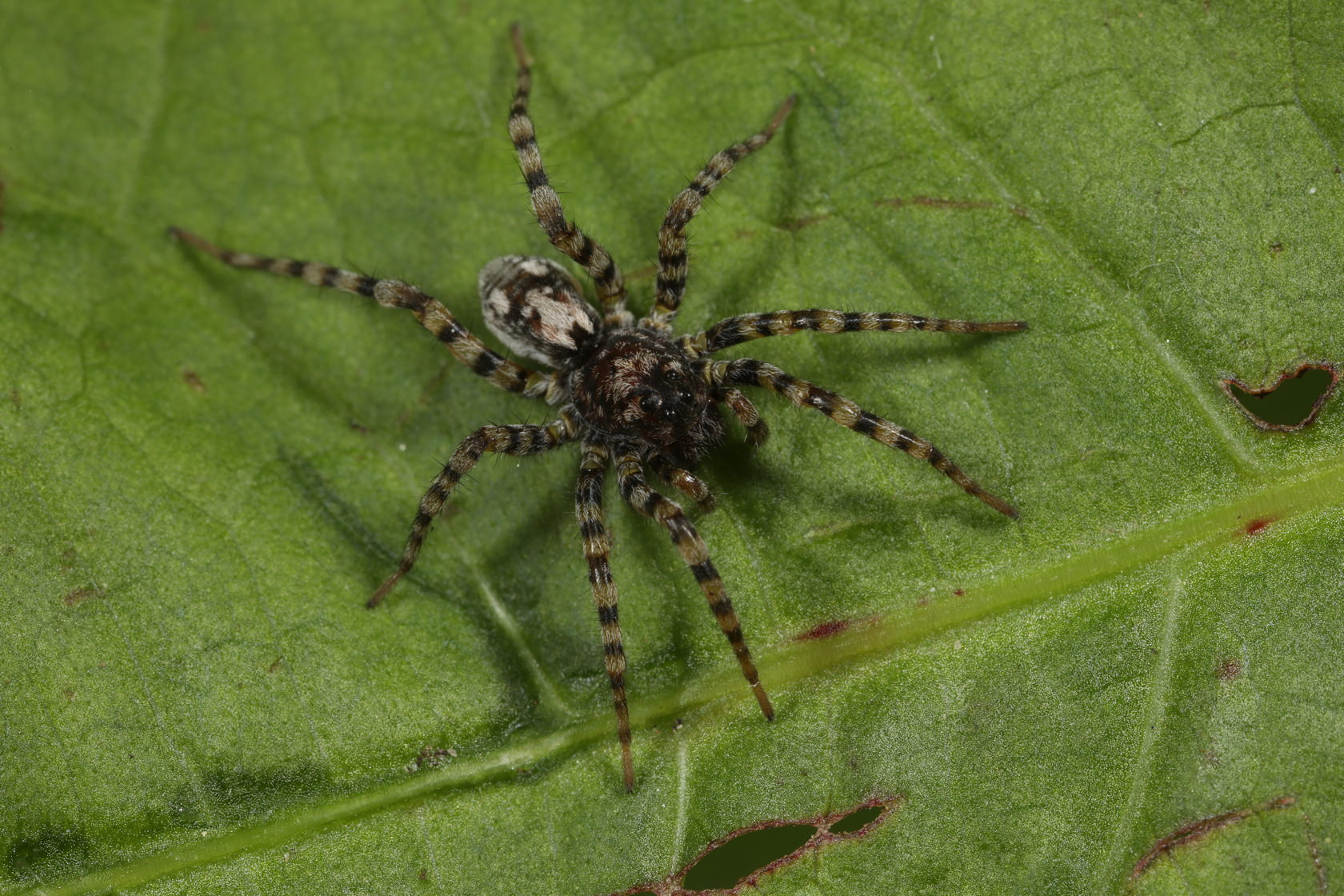
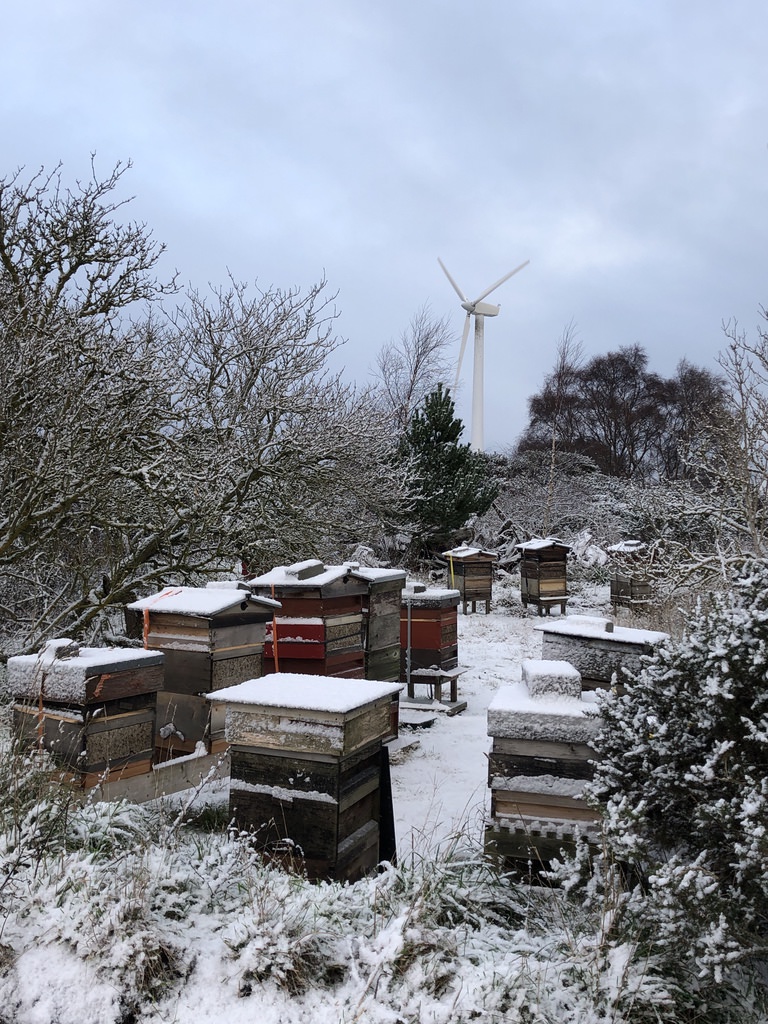
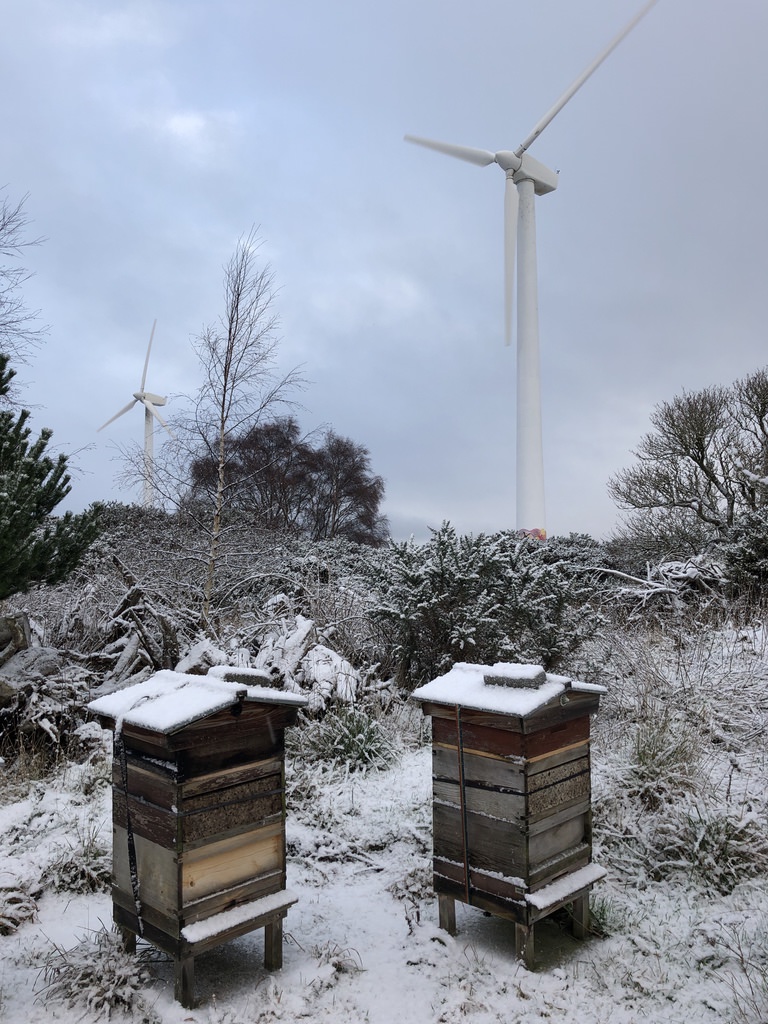
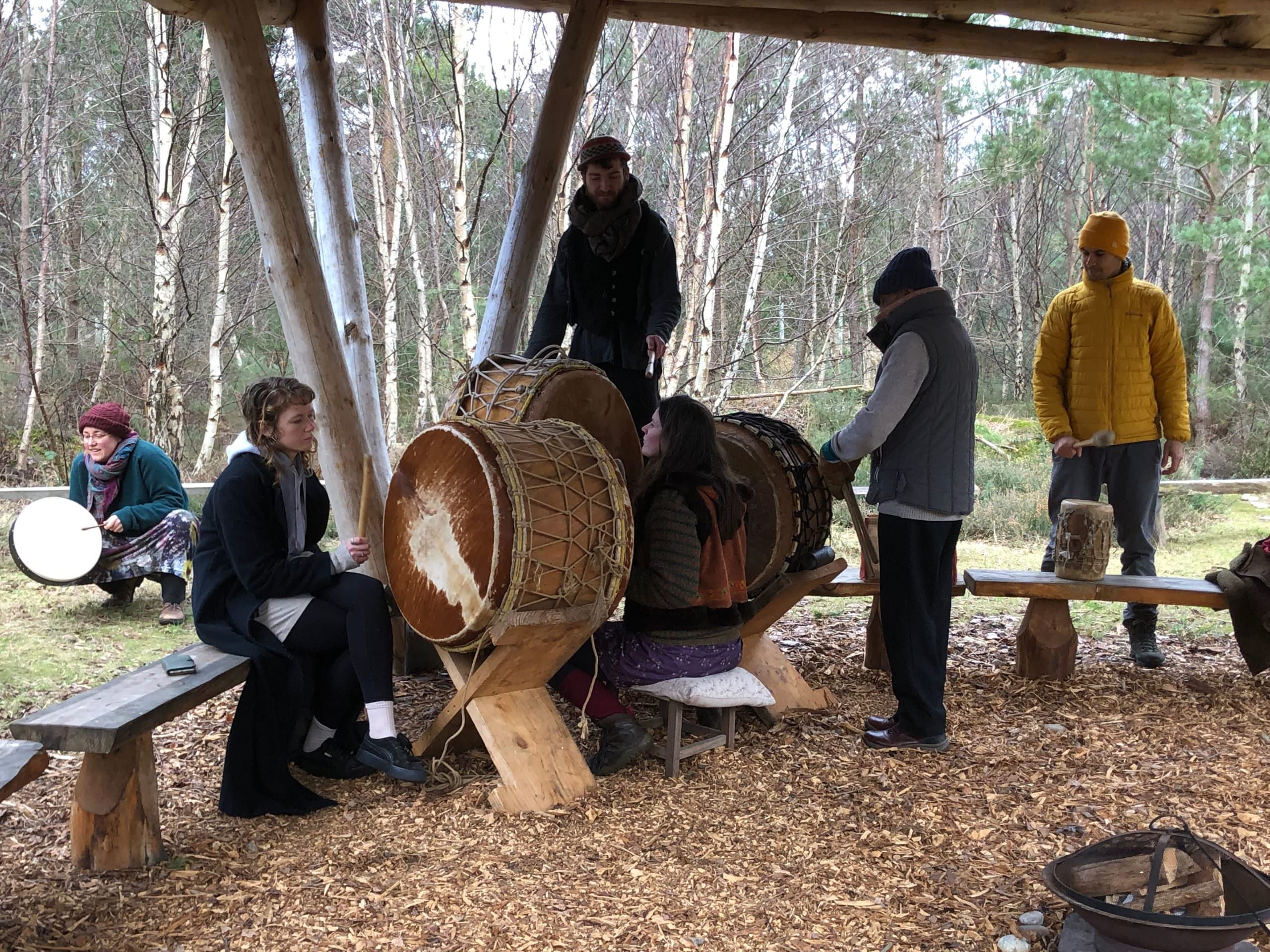
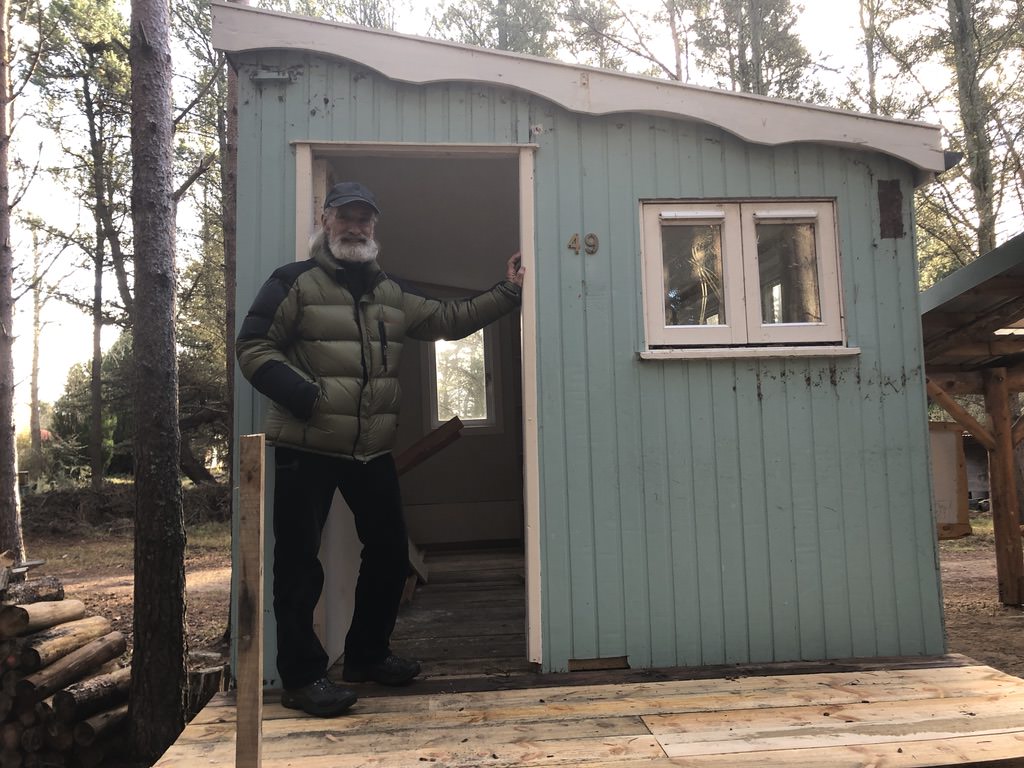
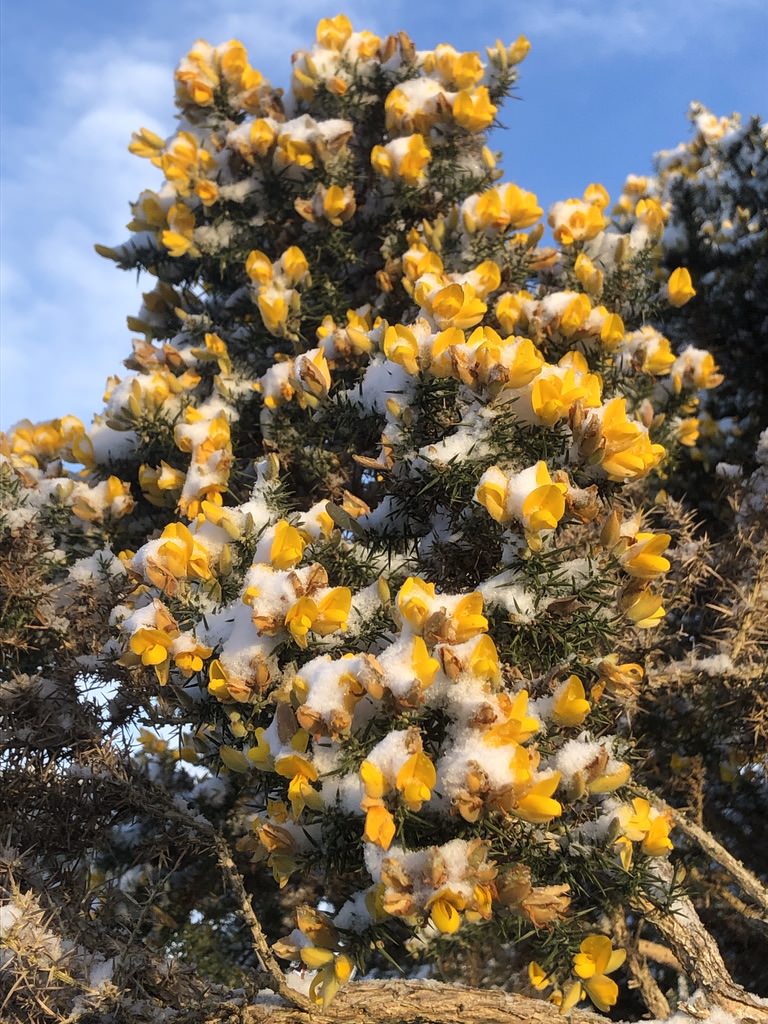
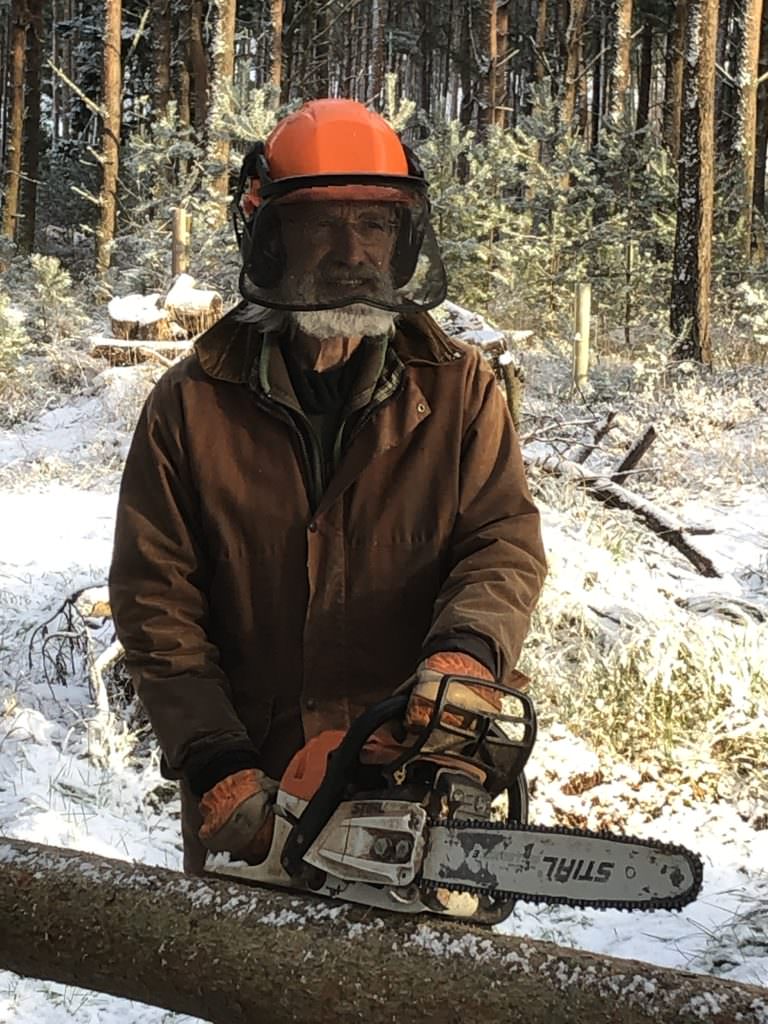
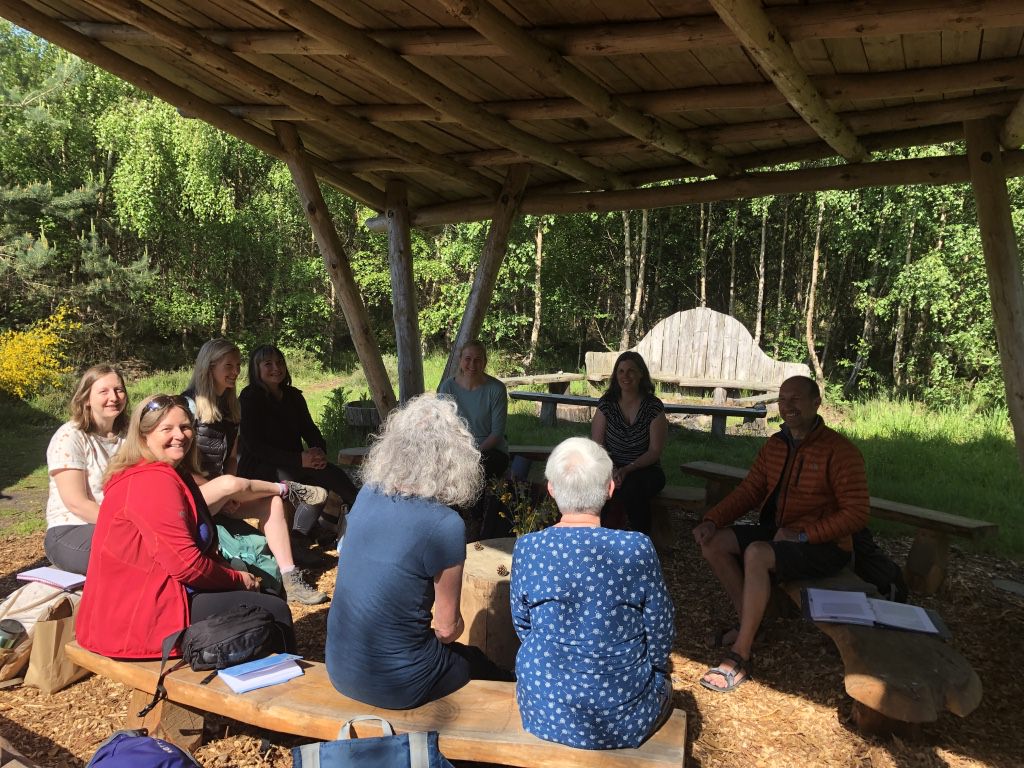
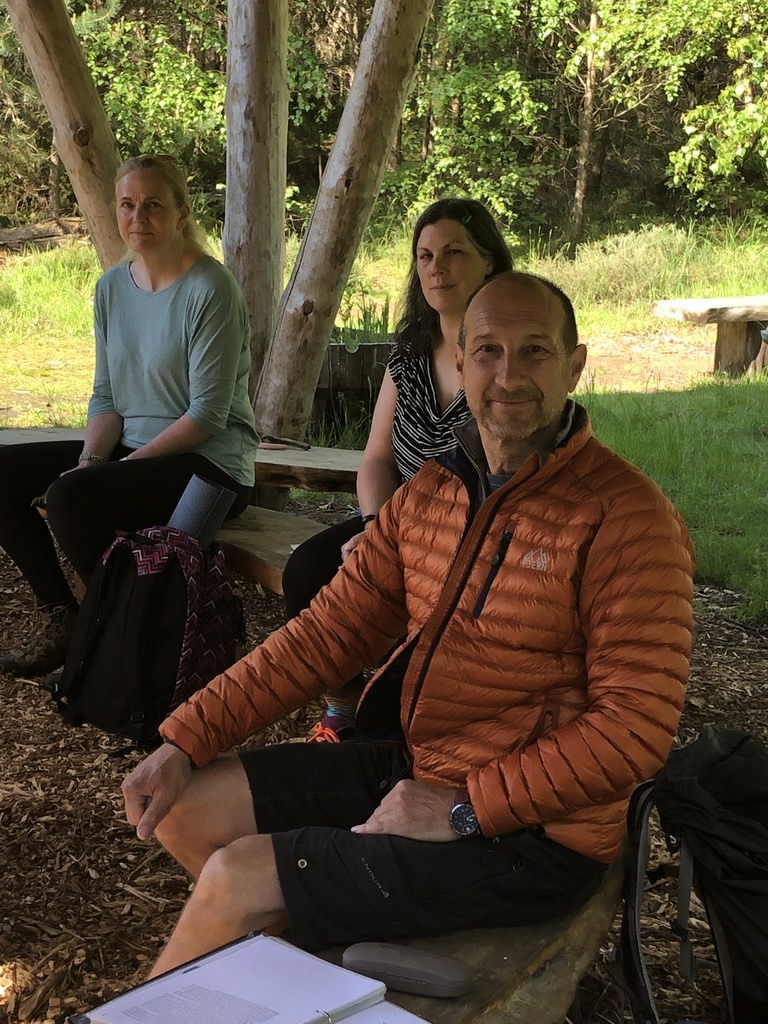
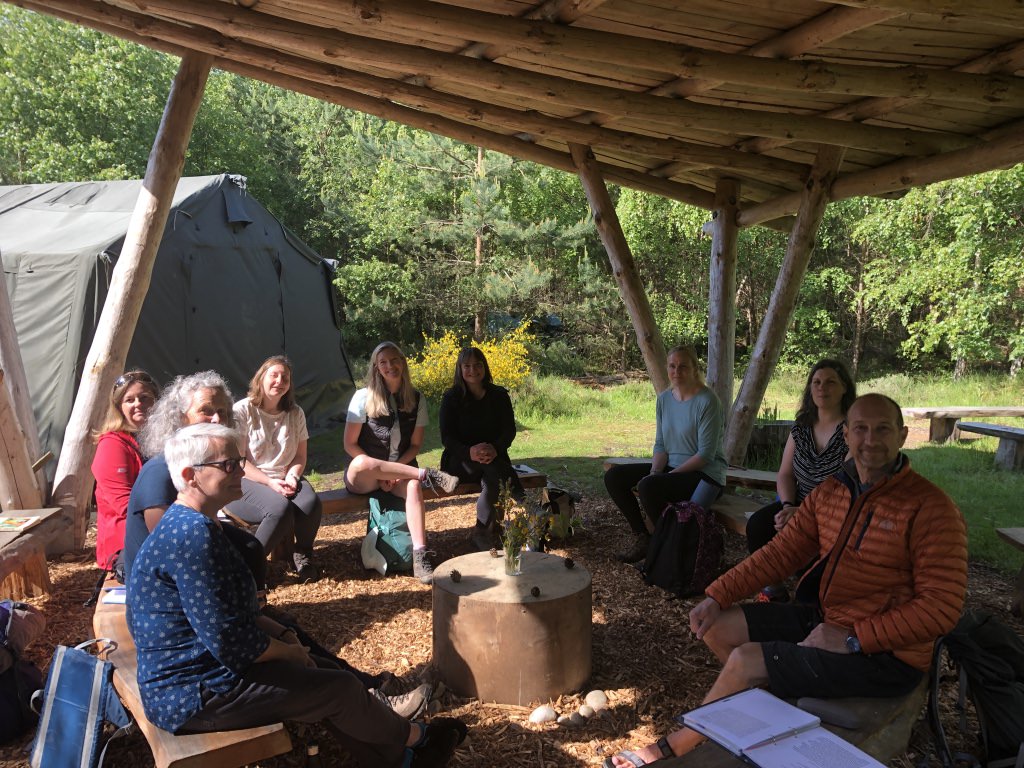















Findhorn Fledglings – May 2023
It’s another Friday, 10am and all appears peaceful in the Findhorn Hinterland. Indeed, it is. Birdsong near and far. The subtle scurry of wildlife. Maybe the distant roar of a chainsaw too! Nevertheless something else pierces the forest sounds. Laughter. The pitta patta of tiny feet. Miniature work-men and work-women in self-led pre-training. The familiar cries of hide-and-seek we all know and love from days past. But what is this? The joyful blend of childlike utterings becoming closer and nearer as we move deeper and deeper into the forest…? Well, we eventually stumble upon the Findhorn Fledglings group. What a beautiful discovery!
The Findhorn Fledglings are a loose mix of children and parents, many living in the Park or connected through the New Findhorn Association (NFA), that meet every Friday morning between 10am-12pm, come rain, shine, snow or storm. We have been meeting now for over 2 years in an informal ‘forest school’ format, as a way to bring children and parents together in connection and wholesome, nature-based activity. We gather at the firepit just beyond the Green Burial ground, always have a fire burning, and share stories, games, activities, play and conversation.
The group size varies each week between, say, six children and parents in the depths of winter, to tens of us in the highest days of summer and school holidays. Children generally tend to be preschool age, between months old and 6/7 years. It’s beautiful to watch the children flourish in the natural environment of the wild forest, learning from each other, playing harmoniously (or perhaps not!), collecting firewood, listening intently to Peter Findley’s storytelling, and imaginatively interacting with the forest’s being.
The space is open for anyone to join, and for new parents especially the group acts as a natural segway into connecting with other community families in the Park and nearby. Parental socialising aside, the group also clearly acts as a way for the children to step into themselves as tiny budding beings, in a safe and supportive atmosphere that we are so very privileged to have on our doorstep.
I can speak on behalf of all the parents and children when I say we deeply appreciate the Findhorn Hinterland Trust blessing our group to meet and wonder over the past years in this sacred corner of the forest they so dearly care for. Thank you.
Contributed by Tom Feeney, proud parent, community member and Findhorn Fledging group member